Mohammad Tanvir Hossain –
The Israel-Palestine conflict is one of the most complicated and divisive issues in the world today, which started as a regional conflict one hundred years ago. a struggle for the same territory between two quite dissimilar parties. It has national, political, geographical, cultural, and religious roots. Israelis and Palestinians both want the same thing: land. To better understand its reasons and underlying issues, let’s retrace the Israeli-Palestinian conflict through a historical journey.
The Birth of the Palestinian Authority:
Under the Oslo accord, the Israeli withdrawal from the West Bank city of Jericho and some areas of the Gaza Strip was finished in May 1994, despite violent attacks by extreme organizations on both sides intended to thwart the peace process. On 1st July 1994, Arafat triumphantly walked into Gaza. He swore in Palestinian Authority (PA) members in Jericho four days later. By the end of the year, the PA had taken over the management of taxation, social welfare, health, and tourism as well as education and culture.
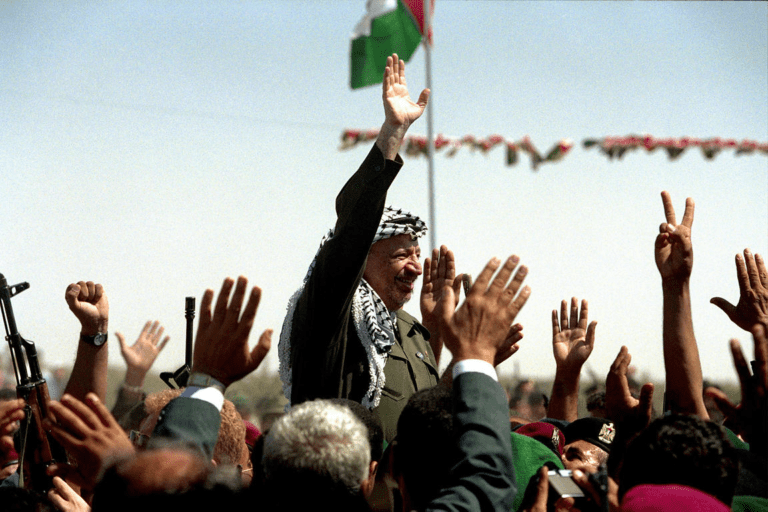
Right-wing religious and fanatical nationalist Israelis increased their rhetoric against Prime Minister Rabin and the peace process after West Bank villages, towns, and cities were transferred to the PA in October 1995. In the mid of these upsurges, Rabin was assassinated by a Jewish extremist on 4th November 1995. Rabin’s successor, Shimon Peres quickly expressed his determination to continue the planned Israeli deployments.
First Election in Palestine:
In January 1996, elections were held in regions under the administration of the PA. Around three-fourths of the population of the West Bank and Gaza participated. In February, Arafat became the PA’s new leader after receiving over 90 percent of the vote. He continued to lead the PLO as well. In the legislative council’s 88 seats, Fatah secured 55 seats. While continuing its violent opposition to the peace process, Hamas chose not to take part in the election.
A few months later, right-wing Likud Party leader Benjamin Netanyahu was chosen as Israel’s prime minister and continued peace efforts as his predecessors.
1998 The Wye River Memorandum:
Arafat and Netanyahu signed a document on the continuation of Israeli disengagement from the West Bank on 23rd October 1998, at the Wye Plantation in Maryland, with the support of U.S. Secretary of State Madeleine Albright.
The new agreement restored previous Israeli commitments (such as the opening of a Palestinian airport and a secure route between Gaza and the West Bank) in exchange for previous Palestinian commitments (such as public renunciation of the PLO Charter’s anti-Israel provisions, gathering unauthorized arms, and taking antiterrorist measures). This also pledged to put two-fifths of the West Bank under partial or total Palestinian control.
Netanyahu returned from Wye to face growing political and economic trouble. Under pressure from a segment of his majority following Israel’s withdrawal from over 2 percent of the land, Netanyahu refused to implement the agreement as long as the Palestinians failed to comply with five criteria:
-
A commitment from the PA to respect its promises.
-
The rejection of any unilateral declaration of an independent state with Jerusalem as its capital.
-
The end of all incitement to violence.
-
An acknowledgment that Israel was not obligated by the Wye River Accords to release Palestinian “murderers”.
-
The PA would pursue security cooperation with Israel, seizing illegally obtained weapons in areas under its authority, and imprisoning “murderers”.
In May 1999, Netanyahu resigned from the government when the Labor Party, led by Ehud Barak, defeated him. Despite several agreements that Netanyahu made with the Palestinians, the two sides’ level of mistrust grew under his administration.
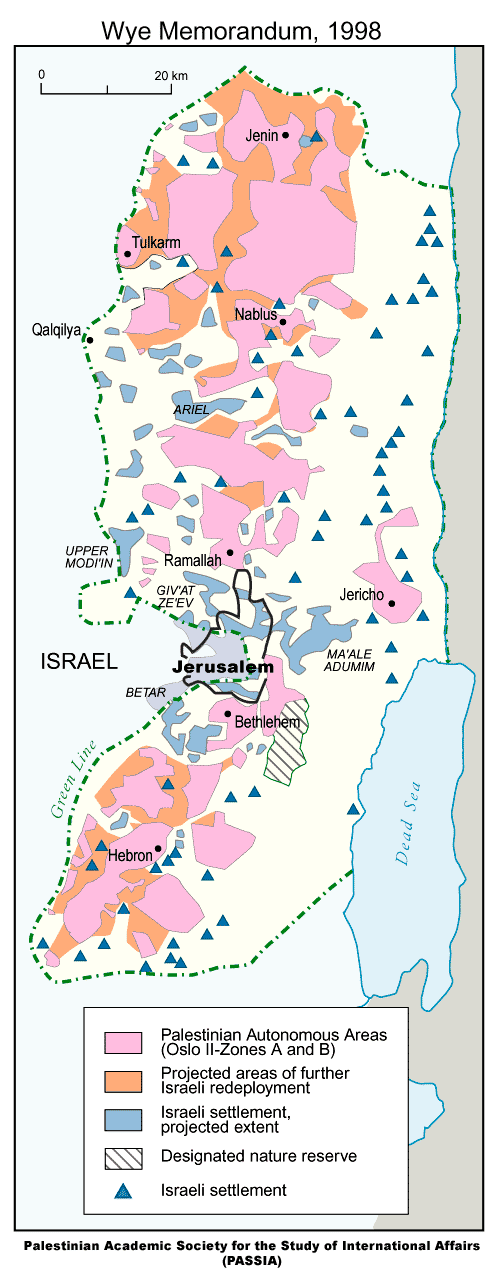
Political Unrest and Mistrust:
The subsequent events, however, were disappointing to all parties because several negotiating deadlines passed without an agreement. One of these was the May 1999 deadline for the third stage of Israeli military redeployments, the end of the interim period, and the conclusion of “permanent status” negotiations on the most contentious issues, including the status of Jerusalem, refugee returns, Israeli settlement construction in the occupied territories, and the question of Palestinian sovereignty and statehood.
Additionally, fewer than one-fifth of the West Bank (in 15 distinct segments) and around two-thirds of the Gaza Strip returned to full Palestinian control. The rest remained occupied by Israeli forces (combined with PA civil administration in some areas).
Over that time, some 80 thousand additional Israelis moved into the West Bank settlements and more Palestinian land had been taken from the occupied Palestinian territory to build further settlements and build bypass highways that were only accessible to Israelis.
Furthermore, the Palestinian region’s GDP also decreased due to Israel’s imposed travel restrictions on the Palestinians, allegations of corruption within the PA, and human rights violations by its leaders. All of this significantly worsened life for the majority of people living in PA-controlled areas compared to how they had lived before the peace process.
The Second Intifada:
An Israeli-Palestinian summit meeting sponsored by the United States in July 2000 failed to resolve these outstanding issues and led only to an increasingly strained situation. Following this meeting, a conflagration was caused by Likud leader Ariel Sharon’s visit to Jerusalem’s Temple Mount in September to promote Israeli sovereignty over the site. Sharon had been despised by Palestinians for his involvement in the 1982 Sabra and Shatila killings. The day after the visit, there were protests near the Al-Aqsa Mosque, during which Israeli security forces murdered and injured hundreds of Palestinian protesters.
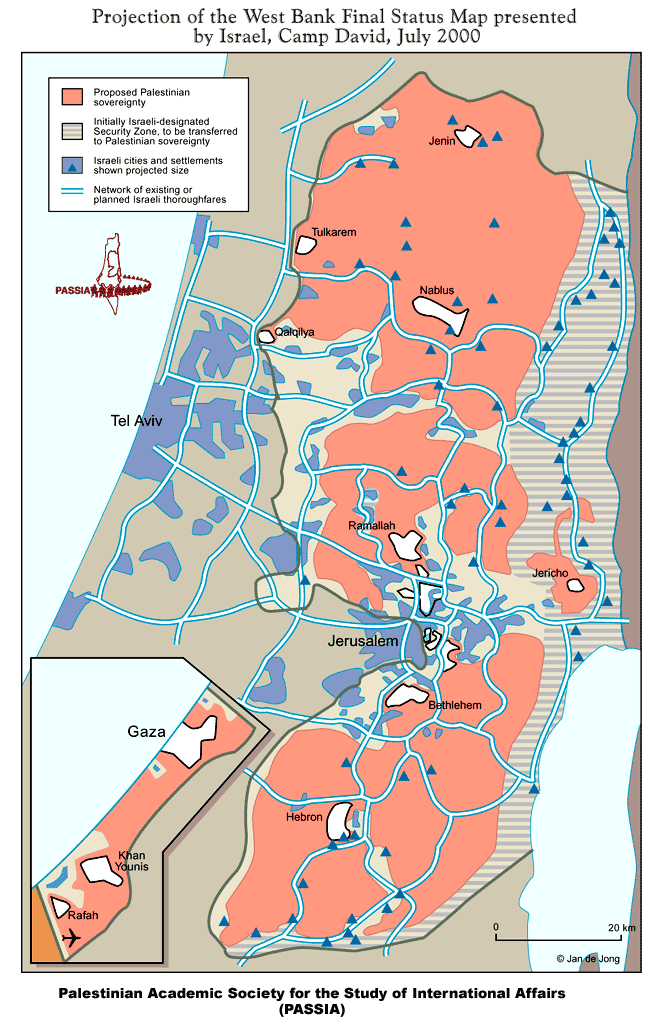
That catalyzed a new uprising that spread to the still-largely occupied West Bank and Gaza Strip and reached a degree of violence unprecedented in the first intifada. In its first 18 months, more than 1,000 people died, the vast majority of them Palestinian civilians.
Following this, the number of Palestinian suicide bombings in Israeli cities rose sharply. Numerous Israelis were killed and injured, most of whom were civilians, while Israeli assaults on PA targets (the majority of which were in densely populated areas) increased the fatality rate among the Palestinian people, which was already high.
Israeli forces retook control of security in the West Bank’s towns and cities in the spring of 2002, increasing previously imposed travel restrictions on Palestinians living in the West Bank and Gaza Strip. The future of the occupied areas and relations between Palestinians and Israelis became increasingly uncertain as negotiations came to a total standstill. Sharon imprisoned Arafat in his Ramallah compound starting in 2001 after accusing him of planning the assaults against Israel.
The PA created the position of prime minister in 2003 to work around Arafat and reopen negotiations with Israel. Mahmoud Abbas, a moderate, was appointed by Arafat. He called for the intifada to cease, but after perceiving that Arafat, Israel, and the US were impeding his efforts, he quickly announced his resignation.
Following Arafat’s death in 2004, Abbas was elected chairman of the PLO and president of the PA. Israel evacuated its troops and settlements from the Gaza Strip as well as sections of the West Bank in 2005, transferring control of these areas to the Palestinian Authority. For new peace negotiations, this withdrawal sparked hope.
Split Administration of the West Bank and the Gaza Strip:
Palestinian politics in the following years were dominated by disputes between Hamas and Fatah. Hamas unexpectedly defeated Fatah in the 2006 elections for the Palestinian Legislative Council. The conflict between the armies of Hamas and Fatah eventually resulted in the formation of a coalition government, but it worsened in the Gaza Strip. In June 2007, Abbas dismissed the Hamas-led administration and proclaimed a state of emergency after Hamas forces defeated Fatah forces after a week of warfare and gained control of the Gaza Strip.
The two sides made several attempts at rapprochement. Despite being signed in 2011, the first reconciliation agreement did not result in many changes. A fresh agreement in 2014, wherein Hamas pledged to transfer control of the Gaza Strip to the unity government led by PA Prime Minister Rami Hamdallah, likewise fell short of producing a discernible improvement.
The PA was initially able to gain control of public institutions in the Gaza Strip after the 2017 agreement; however, complete authority was never attained. The unity government was dismantled in 2019 after Hamdallah’s resignation.
Blockade and 2008 Conflict in the Gaza Strip:
Israeli-Palestinian ties started to have an additional layer of uncertainty due to Hamas’ occupation of the Gaza Strip. Israel declared the Gaza Strip under Hamas a hostile entity and imposed a blockade, sealing border crossings and placing heavy restrictions on imports. Both Hamas rocket attacks on southern Israel and Israeli military reprisals increased in frequency.
A six-month cease-fire was reached between Israel and Hamas in discussions mediated by Egypt in June 2008. When the deal ran out in December, Hamas declared that it had no intention of extending it, and both parties leveled charges of transgressions.
Israel conducted airstrikes on Hamas targets in late December in response to an uptick in rocket launches, sparking a massive war. Israel launched a ground operation into the Gaza Strip a week after the airstrikes started. After 22 days of fighting, a unilateral cease-fire was declared by both Israel and Hamas. In the conflict, 13 Israelis and more than 1,000 Gazans died.
Palestinian Authority Bid for Statehood Recognition:
Direct negotiations for peace between Israel and the PA took place in September 2010, however, the continual Israeli settlement building in the West Bank rapidly put an end to those negotiations.
Abbas then turned his focus on achieving international recognition for a Palestinian state. He made a bid for the admission of an independent Palestinian state to the UN in September 2011 through the UN Security Council. He asserted that Israel had been under too little pressure to make compromises for peace during the U.S.-mediated peace discussions. The request for Security Council recognition was put on hold when it became evident that the United States would veto it and that several other members would abstain.
After the Palestinian bid for full membership in the UN was rejected, Abbas declared that he would ask the UN General Assembly to implicitly recognize the existence of the state of Palestine by submitting a draft resolution asking that Palestine’s status at the UN be changed from “permanent observer” to “nonmember observer state”. The status would enable Palestinians to apply for membership in international organizations like the International Criminal Court, even if it falls short of full UN membership.
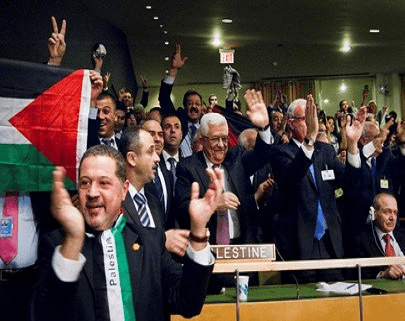
On 29th November 2012, the resolution was passed urging Israel and Palestine to resume stalled negotiations toward a two-state solution. Officials from Israel opposed Abbas’ request for recognition, claiming that such unilateral steps by the Palestinians would stall negotiations with Israel.
2014 Gaza Conflict:
After the killing of 3 adolescent yeshiva students in the West Bank in June 2014, Israeli Prime Minister Netanyahu blamed Hamas for their deaths. Israeli security forces searched The West Bank extensively and began a massive air strike against militants in the Gaza Strip on 8th July 2014. Israeli ground troops launched an invasion to destroy underground tunnels and other militant infrastructure components after failing to stop rocket fire into Israel for more than a week. Israel withdrew their troops from the Gaza Strip after several weeks of battle, claiming that its objective had been achieved.
Fighting persisted in some areas until late August when a cease-fire agreement was struck. Israel pledged to ease its limits on commodities entering the Gaza Strip, increase the fishing area off the coast, and lessen the size of the security buffer it enforced in regions close to its border in return for the Gaza Strip ceasing its rocket firing.
Hamas’ commanders proclaimed triumph for their organization’s capacity to withstand Israeli airstrikes and compel compromises, even though more than 2,100 Palestinians perished and the Gaza Strip saw extensive destruction during the 50-day war.
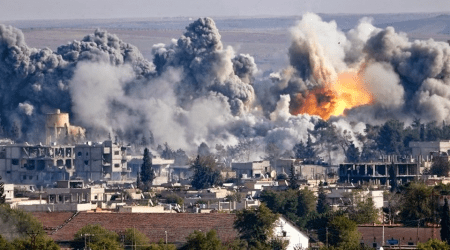
Trump Peace Plan:
US President Donald Trump started bragging in 2017 that his administration was coming up with an ultimate peace plan for the Israelis and the Palestinians. Moving the US embassy in Israel to the contentious city of Jerusalem in 2018 swiftly put an end to the early euphoria with which the PA welcomed Trump and his promised effort. Additionally, the US started to reduce funds for the PA and humanitarian initiatives for Palestinians, and it also compelled the closing of the PLO office in Washington, D.C.
The peace plan was finally unveiled in 2020 and comprised of predefined solutions for massive Palestinian territory growth but favored Israel on the most divisive topics. During Trump’s presidency, there were no talks between the Israelis and the Palestinians.
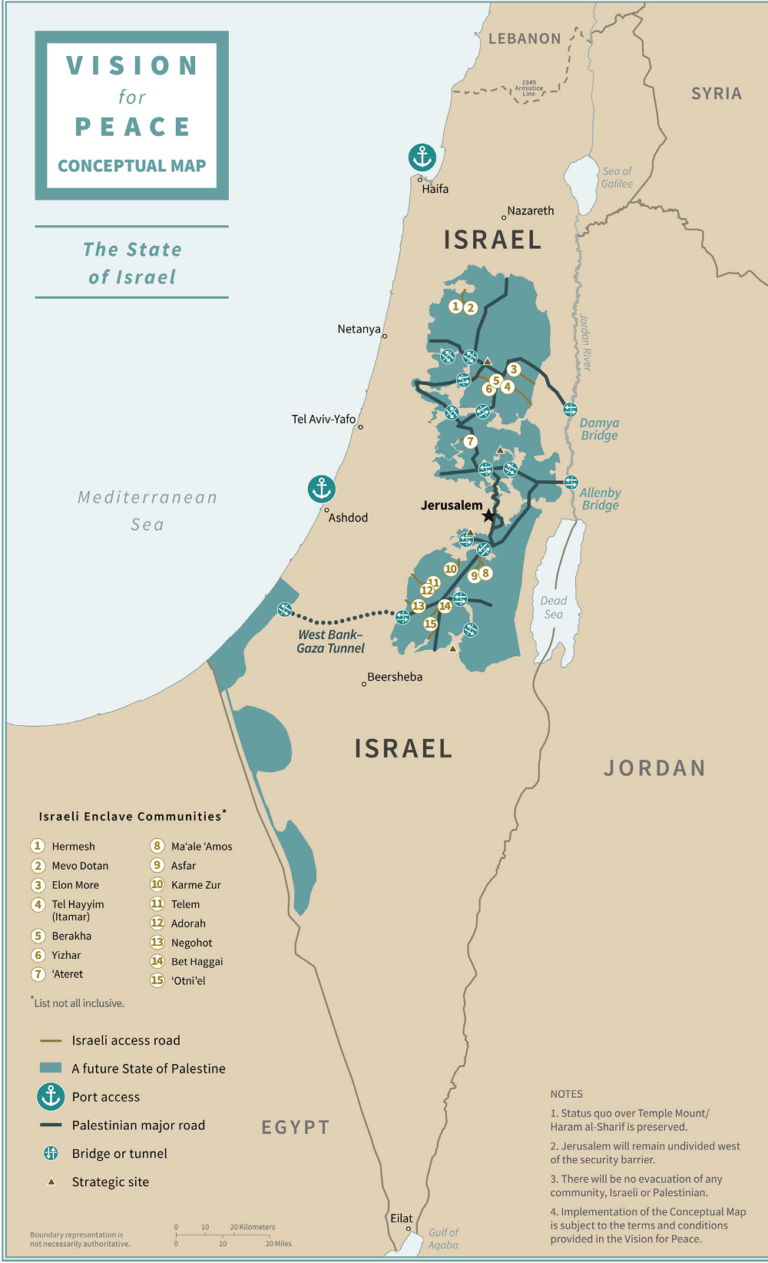
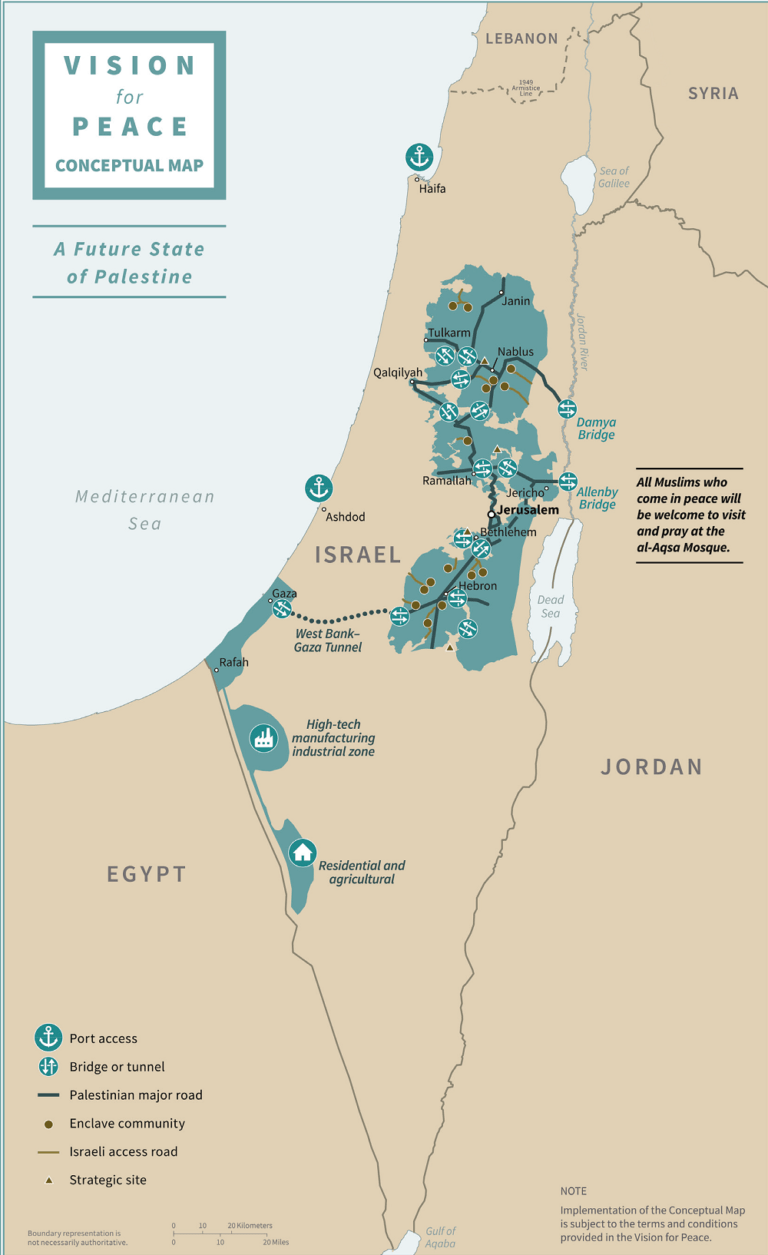
Political and Financial Uncertainty:
In 2018, tensions erupted along the border between Israel and the Gaza Strip. Israel violently reacted to several protests during which protesters attempted to cross the border into Israel and launched incendiary kites and balloons into Israel. When tensions were at their highest, Israeli soldiers opened fire on protesters on 14th May 14. Around 60 people were killed and 2,700 others were injured. As the violence increased, Israel launched airstrikes and Hamas launched rockets at Israel.
As a result of political developments in 2018, both the PA and the Hamas authority in the Gaza Strip experienced turmoil at the beginning of 2019. The PA tried to construct a social security scheme in the West Bank. Many Palestinians were concerned that if they paid into the scheme, they might never see their money again due to concerns about the long-term stability and financial health of the PA.
The program’s unpopularity sparked several demonstrations, which culminated on 15th January 2019, with a workers’ strike in the West Bank. The PA withheld financing to the Gaza Strip and imposed sanctions on it as a result of attempts to reunite the Gaza Strip’s administration with it failing in 2018.
The financial strain on Gazans was partially relieved by aid from Qatar, but Hamas’s additional tariffs on consumer products more than negated the contribution. In March 2019, there were protests in the Gaza Strip, to which Hamas responded violently.
Late in February 2019, the PA rejected revenues, collected by Israel on its behalf due to Israel’s decision to withhold a portion of those monies equivalent to the welfare stipend that the PA gave each month to families of Palestinians who were murdered or imprisoned by Israel. The PA started accepting the lower revenue in late August after months of hardship on its finances, but it did not lower its stipend payments.
In the meantime, as 2019 went on, Gazans had some relief as Israel began to relax its siege while attempting to reach a long-term agreement with Hamas that would lessen conflict. The Egypt-mediated negotiations continued into 2020.
US President Joe Biden Era:
The election of a new American president in 2021 raised hopes for improved relations between the PA and the US. The US started restoring the aid to the PA and promised to reestablish the PLO office in Washington, D.C.
Many observers believed that when Abbas announced plans to hold presidential elections in July and parliamentary elections in May, he was reaffirming his commitment to the peace process while bolstering the legitimacy of his government. However, Abbas abruptly canceled the polls in late April over worries that Israel would block voting in East Jerusalem.
Jerusalem had a resurgence of unrest in April. Both Jews and Palestinians saw street rioting when Israeli police blocked Palestinians’ entrance to the Old City for Ramadan tarawih prayers. Tensions peaked in May as the Israeli Supreme Court prepared to rule on evicting dozens of Palestinian families from their homes in the Sheikh Jarrah neighborhood. The decision was postponed because of the heightened emotions, but hundreds of people were hurt in skirmishes near the Al-Aqsa Mosque. Hamas responded by firing a barrage of rockets into Jerusalem for the first time since 2014, which sparked Israeli troops’ reaction and an 11-day conflict.
2022 Gaza–Israel Clashes:
The Gaza-Israel war of 2022 lasted from the 5th to the 7th of August. About 1,100 rockets were fired toward Israel by the militant group Palestinian Islamic Jihad (PIJ), while the Israel Defense Forces (IDF) carried out 147 airstrikes in Gaza.
According to the Gaza health ministry, at least 49 Palestinians, including 17 minors, died as a result of the violence. Over a dozen of these fatalities, including 12 of the youngsters, were attributed by the IDF to unsuccessful PIJ missile launches.
What is Happening Now?
Israeli and Palestinians living in East Jerusalem, Gaza, and the West Bank frequently have tense relations.
The militant Palestinian organization Hamas, which has frequently battled Israel, is in charge of Gaza. Gaza’s borders are strictly controlled by Israel and Egypt to prevent weapons from reaching Hamas.
Palestinians in Gaza and the West Bank claim that Israeli policies and restrictions are making their lives difficult. On the other hand, Israel claims it is just taking action to defend itself from aggression from the Palestinians.
What are the Main Issues?
Israel and the Palestinians are unable to reach a consensus on several topics:
-
What should happen to Palestinian refugees?
-
What should happen to Jewish colonies in the occupied West Bank?
-
Should the two sides coexist in Jerusalem?
-
Should a Palestinian state be created alongside Israel at all?
Over 25 years of intermittent peace negotiations have not resulted in a resolution to the conflict yet.
What does the Future Hold?
In short, the issue will not be resolved anytime soon.
The most recent Trump Peace Plan was lauded as “the deal of the century” by Israel’s then-Prime Minister Benjamin Netanyahu. But the Palestinians rejected it instantly as being biased, and it never took off.
For any future peace agreement, both parties must consent to resolve the complex issues.



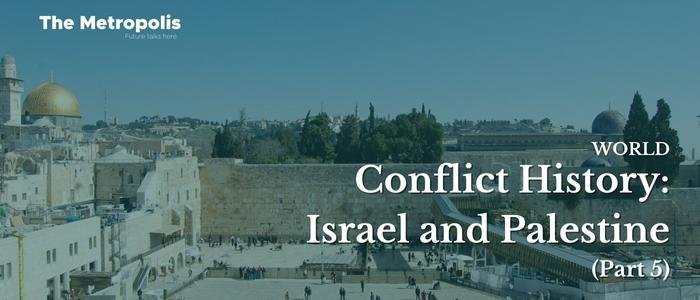
[…] Israel Occupied West Bank Maps Under 1995 Oslo Accords (Photo: Palestinian Academic Society for the Study of International Affairs) Click to read fifth part […]